 |
 Great Plains LID Research and Innovation Symposium and Low Impact Development Design Competition |
We are excited to announce that 2nd Biennial Great Plains LID Research and Innovation Symposium will be held in Omaha, Nebraska March 7-8, 2016.
Click on the 2nd Biennial Great Plains LID Research and Innovation Symposium tab to learn more.
Below we congratulate the winners and thank our sponsors from the Green Country Low Impact Development Design Competition and 1st Biennial Great Plains LID Research and Innovation Symposium!
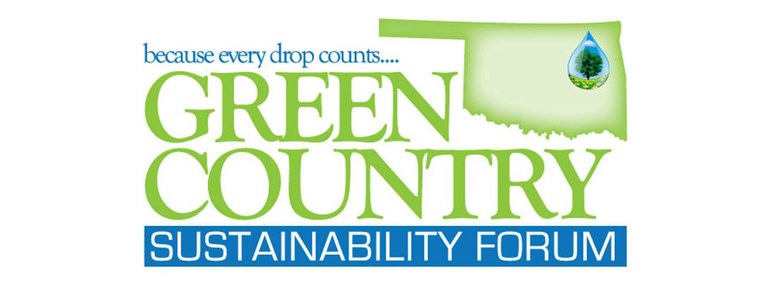
CONGRATULATIONS TO THE WINNERS OF THE
GREEN COUNTRY LID COMPETITION!
(Northeast Oklahoma) The finals event was held and the winning teams were announced during the Awards Gala at the Great Plains Low Impact Development (LID) Innovation Symposium, held at the Hard Rock Hotel and Casino in Catoosa, OK on April 3rd, 2014.
The goal of the LID competition is to increase the familiarity of LID as an approach to land development (or re-development) that works with nature to manage stormwater as close to its source as possible, and to now carry on the discussion with public and private entities. Benefits of LID include potential reduced development cost, decreased flood risk, improved water quality, more urban green space, improved urban habitat, and, in many cases, increased property values.

There were three categories of professional winners: Elm Ridge in Broken Arrow (Mixed use Development), 6th Street & Peoria area in the Pearl District in Tulsa (Commercial Green Street), and Barnard Trace at 17th & Lewis in Tulsa (Urban Residential Redevelopment). Each of the three category winners were presented with a $10,000 “big check” to split amongst their hardworking team members and pervious brick trophies donated by Xeripave, LLC.

The presentations for both finalist teams in the Mixed Use Development category is here. The winning team for the Mixed Use Development category was comprised of employees from the following companies: W Design, LLC; CH2M Hill, and LandPlan Consultants.A pdf of their presentation can be viewed here. See their supporting documents here.
The second-place team for the Mixed Use Development category was comprised of employees from the following companies: 1Architecture; DRM Design Group; and Sanders Engineering. Click here to view their supporting documents.
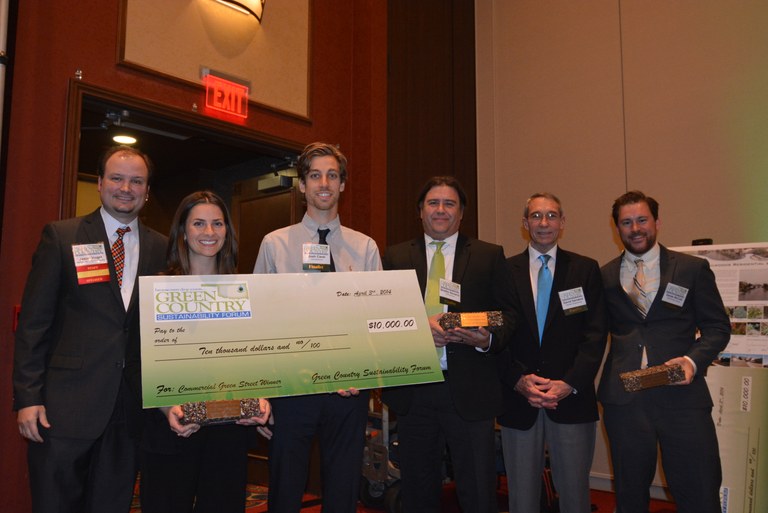
The presentations for both finalist teams in the Commercial Green Street category is here. The winning team for the Commercial Green Street category was comprised of employees from the following companies: DRM Design Group; Sanders Engineering, Inc; and 1Architecture. Their winning presentation can be viewed here. See their supporting documents here.
The second-place team for the Commercial Green Street category was comprised of employees from the following companies: LandPlan Consultants; Meshek & Associates, LLC; Fritz Bailey, P.C. Click here to see their supporting documents.
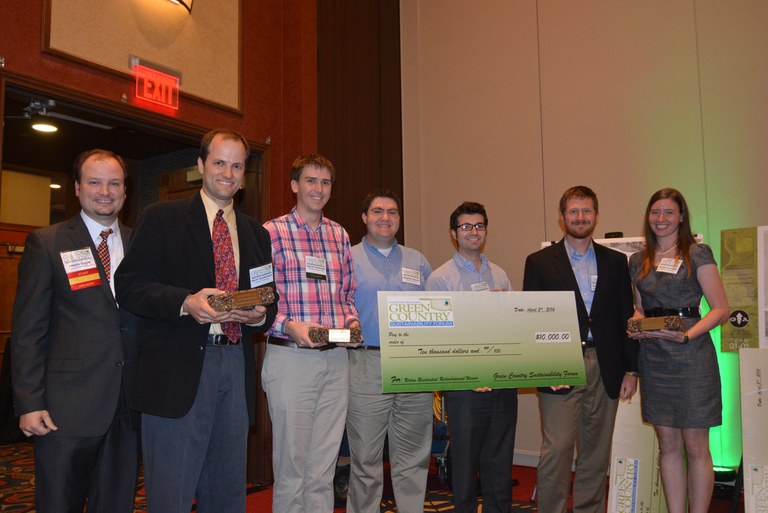
The presentations for both finalist teams in the Urban Residential Redevelopment category is here. The winning team for the Urban Residential Development category was represented by employees and individuals as follows: Howell & Vancuren, Inc; Flanagan & Associates, LLC; Jeff Dalton, AIA; and Keithline Engineering. Their presentation can be viewed here. See their supporting documents here.
The second-place team for the Urban Residential Development category was comprised of employees from the following companies and institutions: Oklahoma State University; and Wallace Engineering. Click here to see their supporting documents.
The judging consisted of Expert judging by a panel of experts that counted for 80% of the final score in advance of the Awards presentation, and onsite Jury judging which counted for the remaining 20% of the scoring.
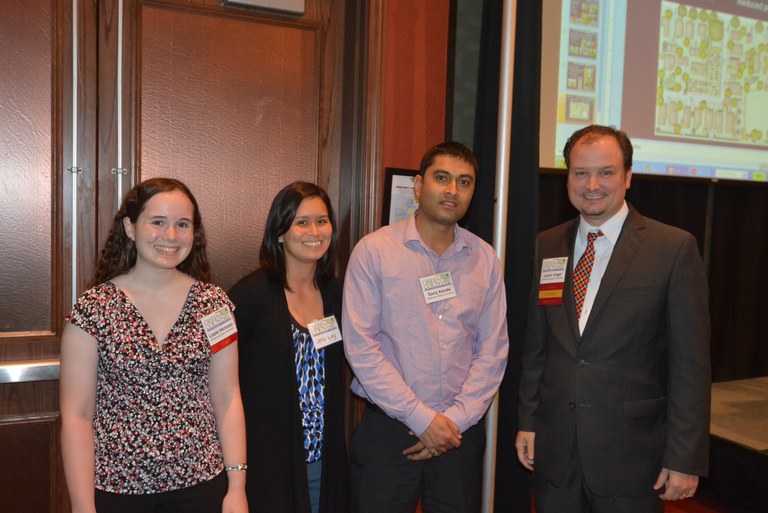
There was also a Low Impact Development student poster contest. The 1st place winner was Elizabeth Hickman, OSU Biosystems and Agricultural Engineering and there was a tie for 2nd place: Jessica Lay, OSU Biosystems and Agricultural Engineering and Saroj Kandel, OSU Biosystems and Agricultural Engineering.
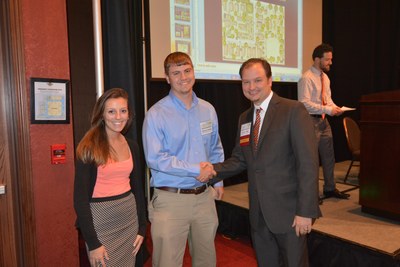
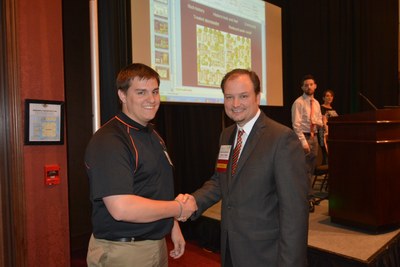
Finally, a student Low Impact Development design competition was also completed. The site was located at the Owasso Sports Park. The first place winners in the student competition were Haley Dugger, Daniel Jordan,and Nick Spriggs from the OSU Landscape Architecture Program. In second place was the team of Ben Crosby, Landon Hockins, and Verity Cox, also from the OSU Landscape Architecture Program.
Also a special thanks to all of our expert and jury judges for a job well done! It was a GREAT evening!!!
Green Country Low Impact Development Design Competition
and the
Great Plains Low Impact Development Research and Innovation Symposium
We would like to thank all of our great sponsors!
LID: Beautiful, Functional, Sustainable, Economical!
Our objectives are to...
- Provide a hands-on learning experience through which design, construction and development professionals in the Green Country area will gain meaningful experience in working with Low Impact Development methodologies that can be applied to their everyday practices.
- Demonstrate to local design professionals, real estate developers, civic groups, and the general public the economic, environmental and marketing benefits that are available to entities that adopt and innovate with respect to sustainable site development.
- Identify and attempt to remove potential barriers to the implementation of low impact development techniques in the area, while illustrating practicality by showing what is feasible.
- Encourage through the body of work represented by the entries submitted, greater use of these beneficial techniques for sustainable development in our area and highlight local incentives where applicable.
- Recognize the participants and finalist design teams for their creativity, innovation and application of sustainable site design.
- Prepare participants for potential upcoming regulations requiring low impact development techniques by giving them an open forum to explore ideas and design methods that strive to accelerate the implementation of innovative low impact development technologies.




